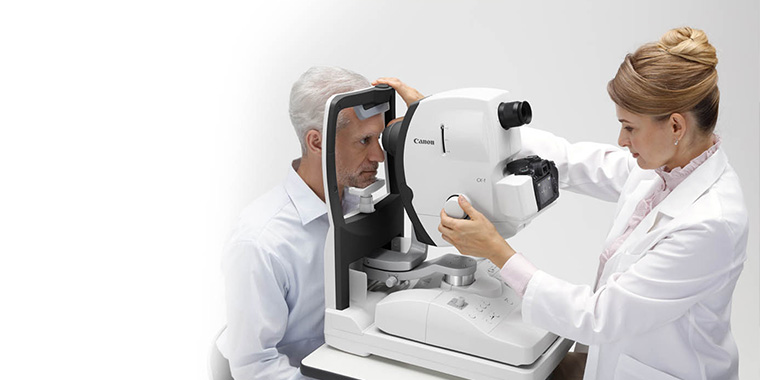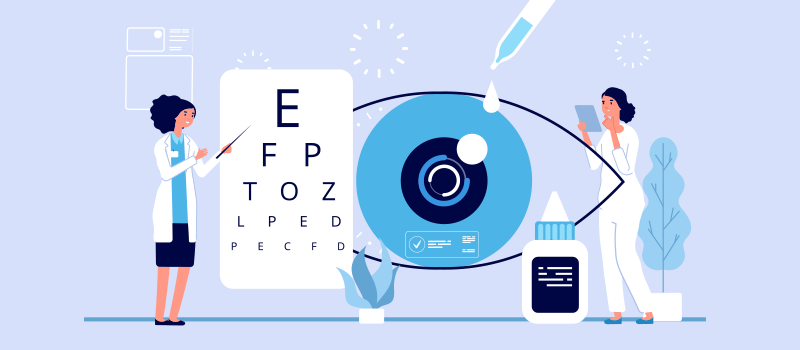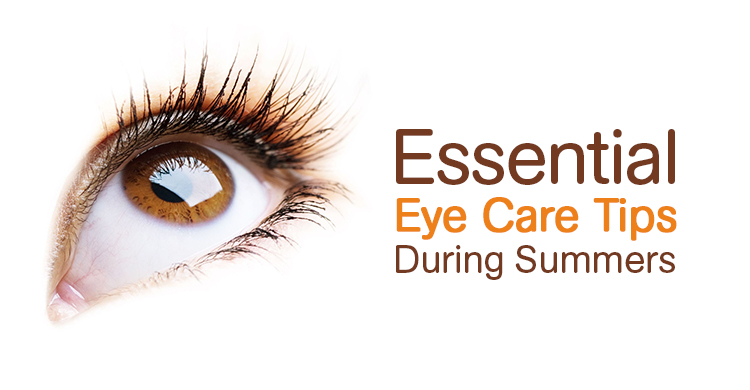The Total Failure of Retina Disorders and Just How They Influence Your Vision
Retina problems can disrupt this delicate procedure, leading to a variety of vision impairments. By exploring the makeup of the retina, typical conditions that can impact it, their reasons, symptoms, and available therapy choices, we can gain important insights into protecting and safeguarding our vision.
Overview of Retina Makeup
The complex structure of the retina works as the structure for visual understanding and plays a vital role in the process of transforming light into neural signals for the mind to translate. Situated at the rear of the eye, the retina consists of several layers that work together seamlessly to promote vision. At the core of this complicated framework are photoreceptor cells referred to as cones and poles. Rods are responsible for vision in low light problems and detecting motion, while cones are essential for shade vision and detailed aesthetic skill. These photoreceptor cells transform light energy into electrical signals that are then refined by other retinal cells, such as bipolar cells and ganglion cells. The bipolar cells beam from the photoreceptors to the ganglion cells, which subsequently send these signals with the optic nerve to the mind for visual handling. Comprehending the detailed composition of the retina is fundamental in comprehending how vision functions and exactly how various retina conditions can impact visual assumption.

Typical Retina Disorders
Retina problems encompass a variety of conditions that affect the detailed structure of the eye in charge of aesthetic handling. One typical problem is age-related macular deterioration (AMD), a leading reason of vision loss in people over 50. AMD impacts the macula, a component of the retina essential for sharp main vision, bring about blurriness or dead spots in the central visual area.
Another prevalent condition is diabetic person retinopathy, happening in individuals with diabetes mellitus. High blood glucose degrees harm the capillary in the retina, leading to vision disability or blindness if left without treatment. Retinal detachment is a serious condition where the retina retreats from its typical placement, triggering a sudden beginning of advances, flashes of light, or loss of vision in a curtain-like pattern.
Lastly, retinitis pigmentosa is a group of congenital diseases that create the break down and loss of cells in the retina, bring about night blindness and a steady narrowing of the aesthetic area - neurologist Andalusia. Recognizing these typical retina problems is crucial in protecting vision and looking for prompt clinical intervention
Causes of Retina Disorders
Numerous factors add to the advancement of retina disorders, consisting of genetic tendencies, way of living options, and underlying wellness conditions. Genetic predispositions play a significant role in numerous retina disorders, such as retinitis pigmentosa and macular deterioration. People with a family members history of these problems are at a higher danger of developing them as a result of inherited hereditary mutations influencing the retina's function.
Way of life selections can also impact retina health and wellness. Smoking cigarettes, for instance, has been connected to an enhanced risk of age-related macular degeneration, a common retina problem that can lead to vision loss. Poor dietary habits doing not have essential nutrients like vitamins A, C, and E, as well as omega-3 fats, can additionally add to the growth of retina disorders.
Underlying health problems, such as diabetes and hypertension, are understood to impact the retina. Diabetic retinopathy, a difficulty of More Info diabetes mellitus, can cause damages to the blood vessels in the retina, leading to vision impairment. Similarly, high blood pressure can lead to hypertensive retinopathy, where high blood pressure affects the capillary in the retina, possibly creating vision troubles. Recognizing these reasons is important in stopping and handling retina disorders.
Signs and Medical Diagnosis
Offered the substantial impact that creates such as genetic predispositions, way of living selections, and underlying wellness conditions can have on the growth of retina conditions, it is necessary to recognize the signs and utilize reliable analysis techniques for very early detection and management. Signs of retina conditions can differ depending on the details problem yet may consist of blurred or misshaped vision, the abrupt look of advances or flashes of light, a dark place in the center of your vision, or a progressive loss of main vision. It is critical to look for immediate clinical attention. if you experience any of these signs and symptoms.
Detecting retina disorders typically includes a comprehensive eye examination, which might include visual acuity tests, dilated eye exams, optical comprehensibility tomography (OCT), fluorescein angiography, or various other imaging tests. Your eye treatment provider More Info might additionally ask regarding your clinical history and any family members background of eye problems. Early detection through normal eye examinations is vital to stopping vision loss and handling retina conditions efficiently. Your health care copyright will certainly function with you to establish a personalized treatment strategy to maintain your vision. if detected with a retina condition.

Treatment Choices and Monitoring
Therapy alternatives for retina disorders differ depending on the underlying cause and severity of the condition. In situations of retinal detachment, surgical treatments such as vitrectomy or scleral buckling might be necessary to avoid and reattach the retina vision loss.
In diabetic person retinopathy, taking care of blood sugar level levels is essential to stop additional damage to the blood vessels in the retina. Additionally, treatments like laser surgical procedure or shots might be suggested to minimize swelling and protect against vision loss. Regular eye examinations and very early discovery of retina problems are essential for effective monitoring and treatment results. People with retina disorders need to work very closely with their eye doctor to establish a tailored treatment plan that resolves their certain needs and aids preserve optimum visual feature.
Final Thought
To conclude, comprehending the composition of the retina, typical conditions, causes, signs, diagnosis, and therapy options is vital in taking care of vision impairments. Retina disorders can substantially affect vision and top quality of life, making very early discovery and correct monitoring important. By remaining informed regarding these conditions and seeking ideal medical treatment, people can better preserve their vision and maintain total eye wellness.

Understanding the intricate makeup of the retina is basic in comprehending just how vision functions and just how different retina disorders can impact aesthetic assumption.
Retinal detachment is a major problem where the retina draws away from its regular position, creating a sudden onset of advances, flashes of light, or loss of Check Out Your URL vision in a curtain-like pattern.
Symptoms of retina disorders can differ depending on the particular problem but might include blurred or misshaped vision, the unexpected look of drifters or flashes of light, a dark area in the facility of your vision, or a steady loss of main vision.In final thought, comprehending the anatomy of the retina, usual problems, causes, symptoms, diagnosis, and treatment alternatives is critical in managing vision disabilities.